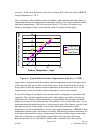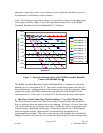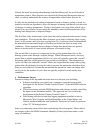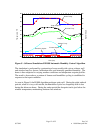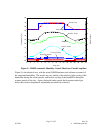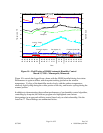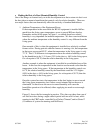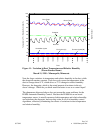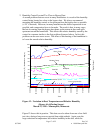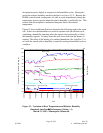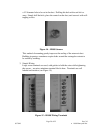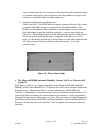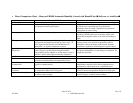
Rev 2.0
63-7048 1998 Honeywell Inc.
Page 19 of 22
While the humidifier was on during the entire recovery period starting at 4:15
a.m., the sensed RH ranged from 20 to 30 %. The continuous operation of the
humidifier caused the dewpoint in the house to exceed the window temperature
for over two hours. Contrast this performance with the performance of the
Honeywell H1008, shown in Figure 12, where the dewpoint in the house never
exceeded the window temperature. The difference is clear - the better
performance of the H1008 is the difference between waking up to dry windows
or waking up to wet windows.
The problems discussed here affect all humidistats that control by sensing only relative
humidity, including Research Products’ AutoTrac
control. The only way around it is to
install the humidity control that senses and controls by dewpoint, like the Honeywell
H1008 Automatic Humidity Control.
Installing the Honeywell H1008 Automatic Humidity Control
One of the key drivers in the design of the Honeywell H1008 Automatic Humidity
Control was to make it simple for the installing contractor. This has been accomplished
through the use of advanced technology, the use of common sense, and just plain
listening to what the customer wants. These are some of the key features that contractors
will love:
1.
Outdoor Sensor Not Required for Most Installations
As we’ve discussed above, for single stage furnaces no outdoor sensor is
required. This, without a doubt, will provide the contractor with a huge
advantage over their competition who are still installing AutoTrac
. How
much of an advantage? These are the facts:
In new construction, electricians are charging
$40 to $70
to wire an
AutoTrac
installation.
In retrofit applications the contractor is faced with a large variation in the
time required to install the outdoor sensor. In cases, if a new condensing
unit is being installed, running the outdoor sensor wires with the control
wires to the condenser adds very little time. In other cases it may take
hours; or in some cases a compromise on the location is made, affecting
the performance; or worse yet, it may be impossible to get the wire
outside. The average time required has been reported to be between
30
and 60 minutes
to properly wire an outdoor sensor. In addition,
significant problems with the AutoTrac
control have been reported,
believed to be the result of poor noise immunity in the design of the
control when sensor wires pick up interference.
2.
Simple Mounting
Rather than the awkward rectangular cutout that is required to mount the
AutoTrac
control, we’ve designed the H1008 to mount much easier. We’ve
encased the sensors in a circular protective shield (see Figure 14), requiring only



